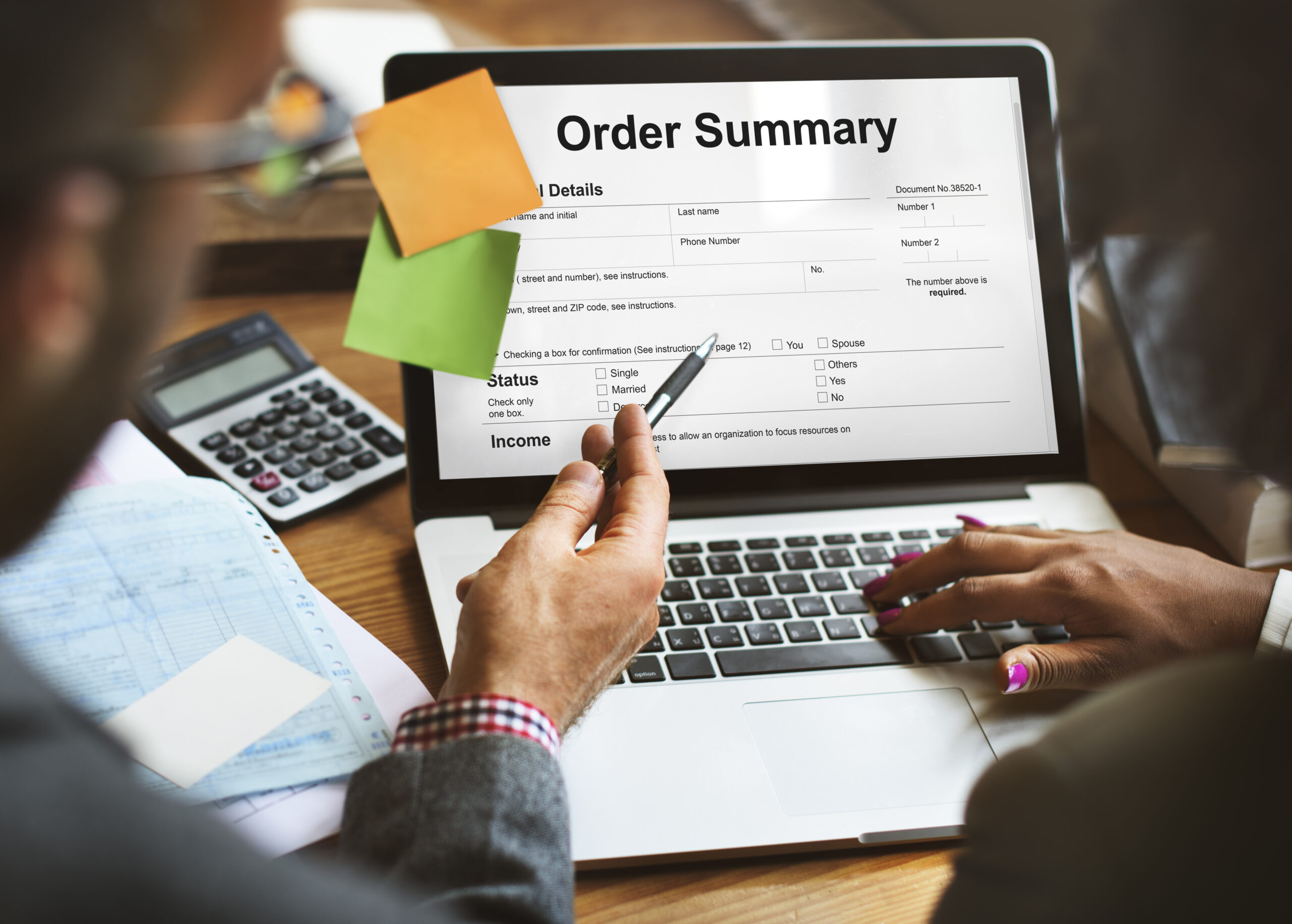
Repeat customers are crucial to the success of your business: they spend 31% more than new customers. So if your strategy involves taking good care of your most valuable customers, step one is to ensure that they can find what they are looking for when and where they need it. To satisfy that demand, your business needs to have clear visibility and control of the customer reorder point (ROP). Find out why it matters, and how to identify yours using the reorder point formula.
What Is Customer Reorder Point?
How does your business know when to send more stock from supplier to warehouse, or from warehouse to retailer? The customer reorder point provides the answer. It’s the trigger for replenishing stock in order to maintain a desired inventory level in store. For reasons of efficiency and cost, that’s usually the minimum amount of stock the business can carry before needing to replenish. By restocking according to the customer reorder point rather than using a fixed delivery every month, businesses can minimize the amount of inventory they need to store. Fresh stock arrives just in time to fill the gap as on-hand stock is sold.
Why Customer Reorder Point Matters
Retailers are typically reluctant to hold more inventory in store or in the warehouse than is absolutely necessary. Unsold stock is a risk and a cost burden. On the other hand, the damage to customer experience of a stockout is significant, given that some 35% of customers will cancel an order if it is not available immediately and the delivery time is too long. Establishing the customer reorder point identifies the nexus between sales and supply. Retailers can take delivery of new inventory with confidence, safe in the knowledge that the current sales pattern indicates a swift passage from ramp to shopping cart. If the retailer surpasses their typical reorder point, the ROP also establishes a trigger for the supplier to reach out and keep the supply chain primed. From the all-important customer perspective, it should mean that items are consistently in stock, even during peak shopping periods.
How To Calculate Customer Reorder Point
The reorder point formula is fairly straightforward: Average daily usage rate (eg. sales) x lead time (in days).
For example, a B2B supplier of nitrile gloves to a medical clinic sells 10 boxes of gloves a day and the lead time is 3 days. Therefore, when stock levels reach 10 x 3 = 30 (the ROP), the clinic needs to reorder from the supplier.
Seasoned merchants will have spotted a potential flaw in the formula already. Setting the ROP according to average daily sales does not accommodate spikes in demand, seasonal sales cycles or even fluctuations in costs. For that reason, there is a third element that many retailers will also add — safety stock — so that the complete formula is:
Average daily usage rate x lead time + safety stock
What Can Impact Reorder Point?
Although we’ve pinpointed lead time as the critical factor in calculating reorder point, some other elements will also come into play:
- Margin of safety – that sensitive area between actual sales and break-even sales volume is vital in determining profitability. New businesses, in particular, l have a tighter margin of safety and prefer to carry excess stock in store where it can be sold, rather than having it on standby in a warehouse.
- Cost of storage – it may not be economically viable to hold inventory in a warehouse. The business might opt instead to hold off on new orders from the supplier, or push existing inventory to the stores ahead of the reorder point.
- Emergencies – the regular lead time may be subject to disruption due to economic, environmental, political or logistical forces beyond the business’s control.
Customer Reorder Point Management Made Easy
In today’s digital, omnichannel landscape, ROP isn’t something that has to be managed manually. With Zoey’s innovative management platform, the process can be automated, establishing a seamless flow between warehouse management and point of sale. Using order management insights, businesses can set the ROP for each stock keeping unit (SKU) instead of sticking to the same delivery schedule for all stock. That’s important, considering that each item in store will have a different sales frequency and lead time.
When your buyers are ready to reorder, Zoey is there to help you capture their order. Try a demo today!
Nick Marshall is a freelance writer from the UK covering B2B marketing, emerging tech, payments and Ecommerce. He lives on a tiny island with slow internet in the French Caribbean, but was formerly an agency copywriter in the UK.





